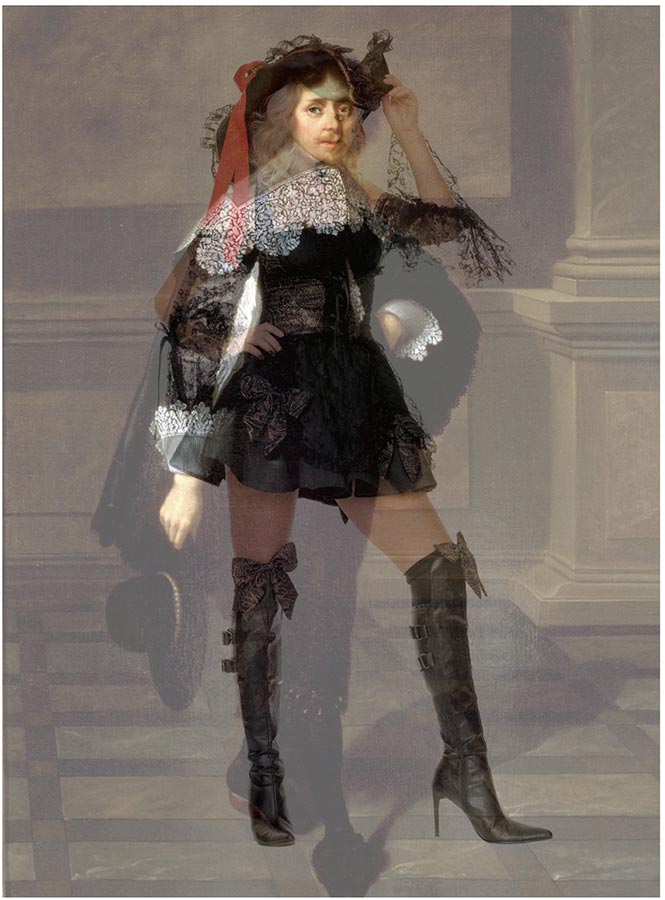Vision and Reality - Research/Thought Process
Darcie Naylor

"Photography's gift isn't the ability to reproduce reality, it's the ability to expand it."
The photo above, the quote, and the excerpt below is taken from a blog posting by photographer Gary Hart.
"When I hear a photographer say “That’s
exactly what I saw when I was there,” I cringe. Not only is capturing human
reality in a photograph impossible (really), attempting to do so is so
limiting. I’m a strong advocate of “honest” photography, photography that
depicts a natural truth without digital deception. But photographic truth is
not the same as human truth, a fact photographers should celebrate, not deny.
Your camera’s reality opens the door to revealing nature in ways humans can’t."
"Photographers jump through lots of hoops to
overcome limited depth of field and more closely approximate their own
experience of the world. Tiny apertures, tilt-shift lenses, and blended images will
do it, albeit with trade-offs. And when all else fails, we’ll bump our ISO into
the noisy stratosphere. All that is well and good, but let’s not forget that
there’s no rule that says your capture must mimic your experience. Sometimes we
can use our camera’s ability to severely limit depth of field to our advantage
by eliminating distractions and turning uninteresting backgrounds into a
complementary canvas of color and shape."
About the photo above: While taking photographs near the Pohono Bridge in Yosemite, Gary Hart's eyes saw an "overwhelming variety of input:" dogwood blooms, the Merced River, cars, other photographers, all beneath what he describes as "a boring pale blue sky." While these elements made up the whole of the picture before him, he really only wanted to "convey the dogwood's elegant grace in the context of its simple verdant setting - everything else was superfluous."
Even though his eyes saw everything around him, he chose to focus on the bloom using a telephoto lens and large aperture, this allowed him to "[reduce] the rest of the world to a soft canvas of variegated green." He states that while "this image is nothing like what [his] eyes saw, it is what [his] camera saw."
I think that is going to be my challenge with this project, to reduce the rest of the world around me and focus only on what I want the camera to see and thus show my viewers. I will be trying to capture my vision of what is around me with the smallest amount of visual noise. This should be interesting.
The photo below is from Abelardo Morell's Camera Obscura collection. It intrigues me. I love the vision of the room through the glass lenses. This particular photo is giving me food for thought on what I want my project to be.


























